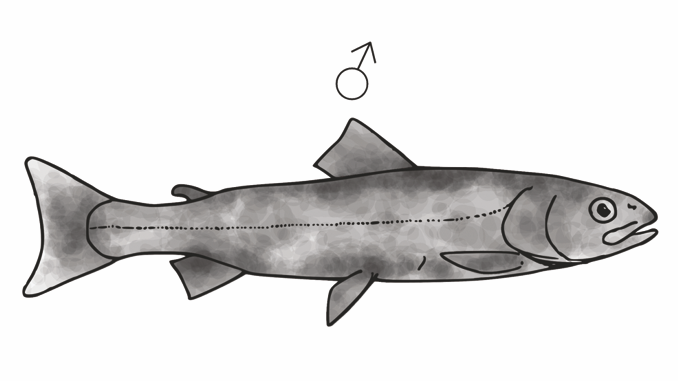
Paper category: Original research paper
Corresponding author: Mateusz Ciepliński (m.cieplinski@wnb.uz.zgora.pl)
DOI: 10.1515/ohs-2018-0022
Received: October 6, 2017
Accepted: February 23, 2018
Full text: here
Citation (APA style):
Abstract
Ulcerative dermal necrosis (UDN), a disease of unknown etiology affecting salmonids, has been observed in some rivers in the north of Poland since 2007. Fish affected by UDN die, inter alia, as a result of secondary infection caused by water molds from the Saprolegnia genus. UDN is considered to be an important factor affecting the decline of Polish salmonid populations observed in recent years. Patterns of secondary infection and differences between sexes in UDN-affected wild, adult sea trout (Salmo trutta m. trutta) during the 2014 and 2015 spawning season have been described on the basis of photographic documentation and image analysis. Male fish are most commonly infected in the dorsal region, while females in the head and tail areas. When comparing the infection patterns in both sexes, it is clear that large areas of flanks are significantly more frequently infected in males than in females. The dorsal half of the tail fin is most commonly affected by pathological changes in females. These findings are discussed in relation to various factors predisposing salmonids to Saprolegnia spp. infections during the spawning season. The presented infection patterns can be helpful in preliminary diagnosis of early stages of secondary infection with Saprolegnia spp. in UDN-affected salmonids.

Bądź pierwszy, który skomentuje ten wpis